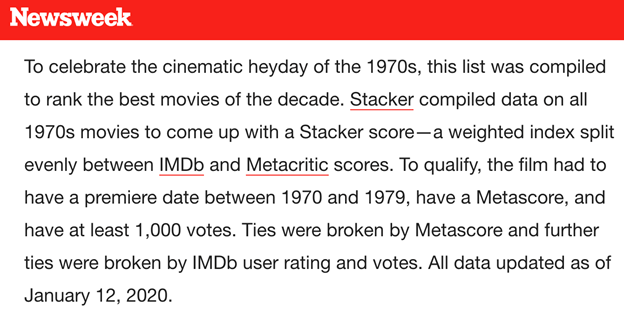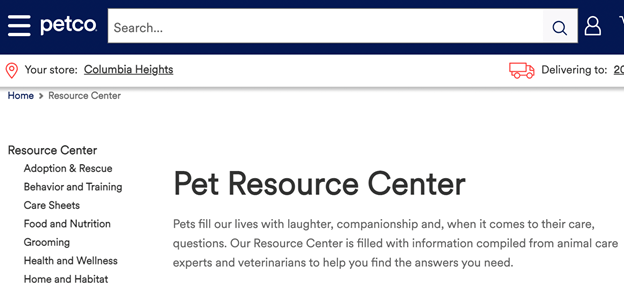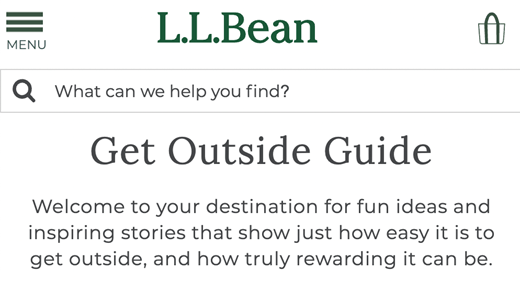4 ways marketers and digital PR pros can earn the trust of journalists
Consider these tips for building relationships with editorial gatekeepers.

Nearly everyone these days wants media coverage for their brand, whether a company feature or a story about their original research.
Getting your brand mentioned by the press signals subject matter authority and helps garner more brand awareness from a wider audience. And, of course, media relations helps build links to develop search engine optimization (SEO).
But if the content you’re pitching drifts too far toward an advertorial or focuses on brand voice, you can lose the trust of a journalist faster than the AP drops the Oxford comma.
Here are ways marketers can earn the trust of respected journalists via your content and communication:
1. Be fully transparent (and share your methodology).
Nothing is sketchier than sharing data without explaining how you arrived at your conclusions or the source of the information. The second you give a journalist something to question, their trust starts deteriorating rapidly.
For example, if you’re pitching them a data-based report your brand created, make sure you’re answering basic questions about the analysis. When was the data published? What’s the sample size? How was the data collected? What did you do to analyze it? Here is an example of the methodology featured in a Stacker story that syndicated to Newsweek:

Always err on the side of overexplaining. If a writer or editor wants to cut something out for the sake of brevity, that’s up to them, but at least they were able to make that decision and feel confident they have all the information they need.
In this Newsweek example, not everyone would include the last two lines about how ties were calculated and when the data was last updated, but doing so answers questions before people even ask them and helps develop that trust.
Transparency extends past just the methodology, though. Don’t forget other details like who wrote the piece, when it was published (if applicable), and any affiliations or disclosures you have that are relevant, or that a journalist would need to know before publication.
2. Communicate your credibility.
This is extremely important, especially if you don’t work for a household brand. If a journalist hasn’t heard of your company, they’ll need a reason to trust you as an authority on a topic.
Sometimes, excellent content can speak for itself—especially with a sound methodology. But it helps to have additional authority signals communicating your expertise.
A journalist might check out your website to get a sense of your trustworthiness, particularly if you want them to cover something featured on a blog or news page.
Consider the following:
- Are your overall brand mission and values made clear on your website?
- If your content features your own staff as experts, does the website present them as such?
- Do you have authority signals on your site, such as other news sites that have featured you, number of clients/customers, etc.?
- Does your specific blog/news page explain your objectives?
The last point is a subtle one. If you have a specific objective for your onsite content that matches what you’re pitching, the continuity can build trust and help journalists understand your goals beyond just getting more brand awareness for your organization.
Let’s look at some examples from Petco and L.L. Bean:


I love these examples because they explain exactly what you can expect when you read their content. If Petco decides to pitch journalists about animal health or L.L. Bean decides to pitch journalists about the best places to hike in the northwest, neither will be a surprise.
Here are some questions to ask yourself to formulate the overall goal of your owned content generation:
- Who, specifically, am I trying to help?
- From where are you generally sourcing the information you’re including?
- What will readers get out of the content you’ve written?
If there’s anywhere on your site you can succinctly communicate your authority or objectives, do it.
3. Don’t use unnatural links or anchor text.
When journalists try to assess whether they should trust you, they’ll be looking out for signs that you’re trying to take advantage of the situation purely for marketing gain.
The most obvious way to check for this is to look at what links to your site and the corresponding anchor text you’ve added.
If they see any of the following, their trust is likely to wane:
- More than one link back to your site
- Very few other citation links or relevant outbound links
- Overly optimized anchor text
- Links with UTM codes
Remember: This isn’t the time to be in hardcore promotion mode. This is the time to earnestly collaborate with journalists to provide their audiences with value—without ulterior motives. Journalists these days understand that linking to an actual report or study is a fair practice of sourcing—but adding in additional links or forcing unnatural brand references will not help you build credibility.
4. Don’t pitch a topic that’s a conflict of interest.
Sometimes this is obvious. If you’re writing about the best car insurance in the country and yours is listed as No. 1, that’s a massive red flag.
But there are subtler ways to run afoul of a conflict of interest that journalists will recognize (and often readers, too).
If that same hypothetical car insurance company decides to research the benefit of getting more comprehensive car insurance, it’s great fodder for their branded, on-site pages. But no one will take it seriously as news because it’s in the company’s best interest to convince people comprehensive plans are better.
However, a report on the most avoidable types of car damage shows a willingness to help their target audience with useful, actionable information without actively trying to sell their product.
So ask yourself: What in my general industry topic area can we speak to that doesn’t directly concern our product/service offering?
Whether your goal is to earn high-quality links or get reach out to a wider audience, working with the media is a great off-page strategy. In that process, err on the side of added value rather than veer too far into branding and advertising.
Amanda Milligan is the head of marketing at Stacker.






